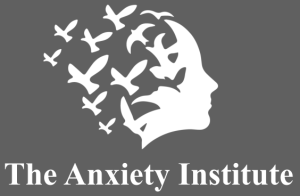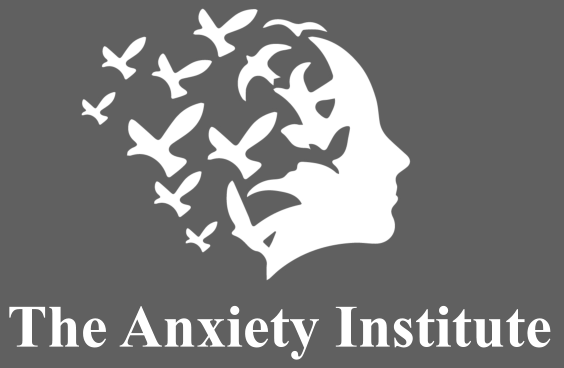Trichotillomania
Trichotillomania, a condition characterized by the compulsive urge to pull out one’s hair, is not a newfound disorder.
Historical records, including references as early as the late 1800s and even in biblical texts, have documented instances of hair-pulling behaviours.
Despite its long-standing recognition, trichotillomania remained under the radar for many years, considered a rare phenomenon within the medical and psychological communities. Often, individuals with this condition sought treatment from dermatologists rather than psychiatrists due to the physical manifestation of hair loss and the deep-seated shame associated with admitting to self-inflicted damage
Emerging Awareness and Prevalence
Recent advancements in treatment and increased media exposure have propelled trichotillomania from obscurity to a topic of public and medical interest. The actual prevalence of the disorder is challenging to pinpoint due to the secrecy of those affected. However, emerging studies suggest it may be more common than previously thought, potentially affecting up to 2% of the population.
Classified as an impulse control disorder, trichotillomania shares similarities with conditions like pyromania, kleptomania, and pathological gambling.
Symptoms and Behaviors
Individuals with trichotillomania typically experience an overwhelming sense of tension or urge preceding the act of hair pulling, which temporarily alleviates this discomfort. However, the aftermath often brings about heightened anxiety over the possibility of noticeable hair loss or complete baldness.
Ritualistic behaviors, such as inspecting, playing with, or even consuming the pulled hair (known as Trichophagia), are common among sufferers. Many report targeting hairs that feel “wrong” or selecting specific areas from which to pull, leading to significant hair loss in those regions. Notably, the act of pulling hair is usually painless and can range from a few strands to substantial amounts during each episode.
Gender Disparities and Treatment Options
While more women seek help for trichotillomania, there is no conclusive evidence to suggest a higher prevalence among females compared to males. Treatment approaches for trichotillomania are empirical, often involving trial and error to find the most effective strategy for each individual. Patience is crucial, as it may take weeks or longer to gauge the success of a particular treatment.
The discovery of a community and the realization that one is not alone in facing this disorder can significantly alleviate feelings of isolation and self-blame. The primary treatments with scientific backing include behavioral therapy and medication.
Behavioural therapy involves monitoring symptoms, increasing awareness of the urge to pull, and developing alternative behaviors to counteract the compulsion. Medication, while beneficial for some, has shown mixed results in controlled studies and carries the risk of side effects.
Behavioural therapy involves monitoring symptoms, increasing awareness of the urge to pull, and developing alternative behaviors to counteract the compulsion. Medication, while beneficial for some, has shown mixed results in controlled studies and carries the risk of side effects.
The Road Ahead
Viewing trichotillomania as a medical condition rather than a mere habit can help reduce the stigma and self-criticism associated with the disorder. Interestingly, behavioral therapy has shown promising results, not only in symptom management but also in altering brain function, as observed in OCD treatments
Although medications offer a convenient treatment route, their effectiveness may be limited, and reliance solely on pharmacological solutions without incorporating behavioural strategies may lead to symptom recurrence upon discontinuation.
In summary, trichotillomania is a complex disorder with deep historical roots, now gaining recognition and understanding in the medical and public domains.
With continued research and openness, more effective treatments and support systems can be developed, offering hope and relief to those affected by this compulsive hair-pulling disorder.

